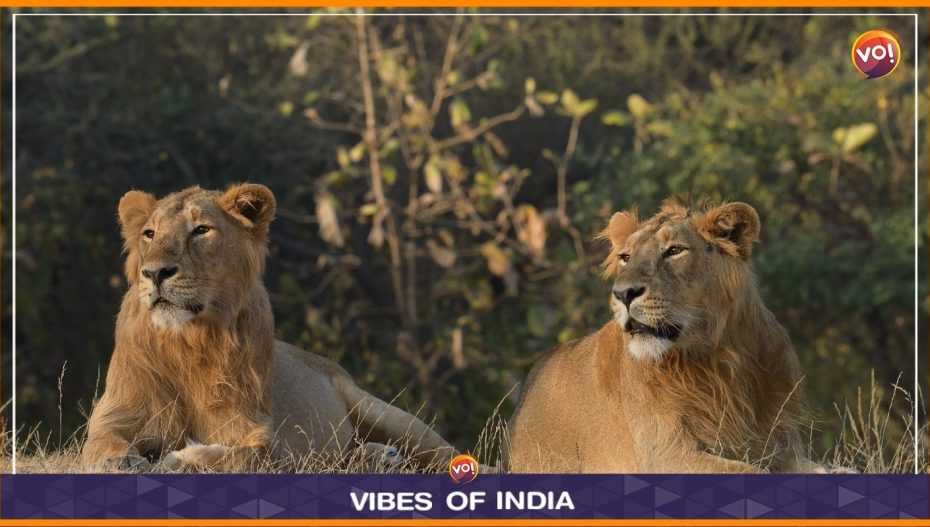Gir, the abode of the majestic Asiatic lions, has also become an equally safe and rich ecosystem for the spotted deer and the sambar, with their populations reaching a state of equilibrium, mirroring the stability seen in the big cat population.
A research paper titled “The semi-arid ecosystem of Asiatic Lion Landscape in Saurashtra, Gujarat: Population density, biomass, and conservation of nine wild prey species, and authored by a panel of forest officials and experts, including Mohan Ram, Aradhana Sahu, Nityanand Srivastava, Rohit Chaudhary, Lahar Jhala, and Yashpal Zala provides a comprehensive analysis of nine prey species — a first-of-its-kind endeavour across the lion landscape.
The study highlights that the spotted deer population has exhibited minimal variation over the past three decades, indicating a steady and high population sustained by Gir’s unique ecosystem.
Additionally, the paper reveals that the density of spotted deer and sambar is comparatively higher in grasslands and coastal forests. Mitiyala boasts the highest spotted deer density at 76.31±8.19, while the Junagadh grasslands house the lowest at 9.45±5.50. Conversely, the Girnar Wildlife Sanctuary has the highest sambar density at 11.54±1.95, while the coastal forests and Junagadh grasslands feature the lowest density at zero.
Remarkably, antelopes such as the blue bull, Indian gazelle, and blackbuck display substantial density and biomass in grasslands and coastal forests in contrast to woodland habitats. The Bhavnagar grasslands lead the way with a blue bull density of 22.39±4.12, while Paniya marks the lowest. In the case of blackbuck, the Junagadh grasslands shine with a density of 12.57±6.90, whereas woodland habitats report no sightings of this species.
The significant density of these nine species suggests an abundant food source for the apex predators of the region — the lions. The paper unravels the sambar’s minimal growth rate and more erratic population over three decades, possibly due to heightened predation. Meanwhile, blue bull density exhibits substantial population fluctuations over the past four decades without a significant overall change.
These fluctuations suggest unidentified limiting factors at play, warranting further investigation.
The paper stated, “Gir acts as the source population for Asiatic lions, and the surrounding landscape acts as a sink habitat for dispersing and growing lion populations. To sustain the lion population in the landscape, it is crucial to have accurate estimates of the ungulate population, and this was the basic aim of the research paper.”
Also Read: When In Ahmedabad’s Panjrapol, Be Ready To Punish Your Lungs












